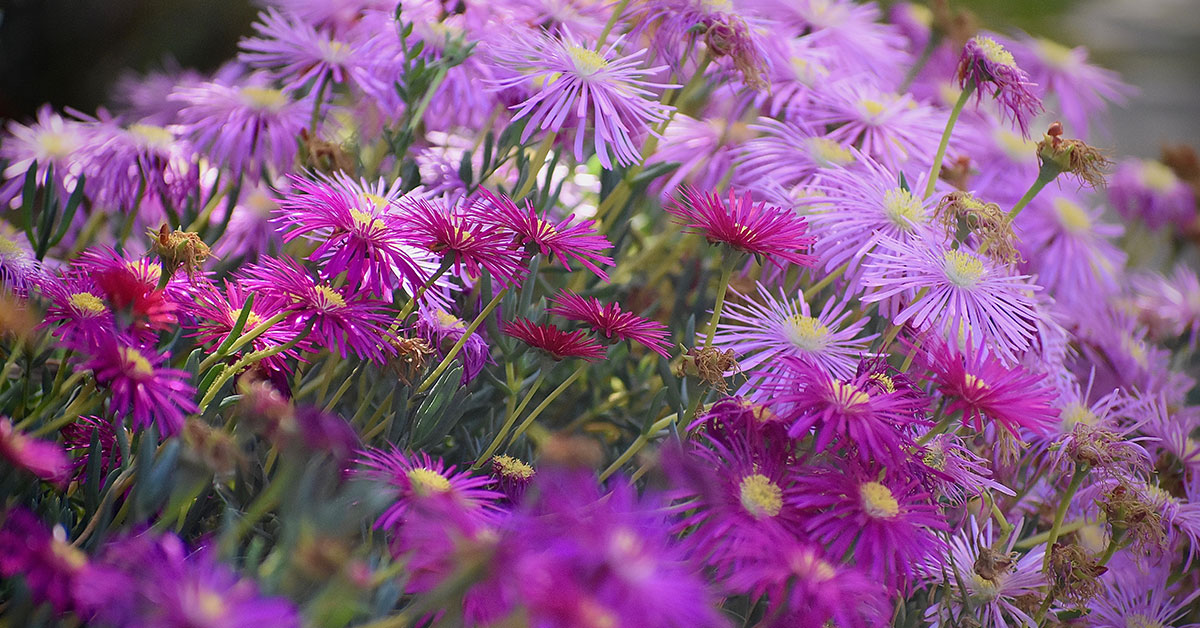Asters, with their vibrant and captivating blooms, are a popular choice among gardeners looking to add a splash of color to their landscapes. These hardy perennials are known for their ability to thrive in a variety of soil conditions, but to truly maximize their growth and flowering potential, the right fertilizer is essential. In this article, we will explore the best fertilizers for Asters, taking into consideration their specific nutritional needs, soil preferences, and growth habits.
Whether you are a seasoned gardener or a beginner looking to cultivate a stunning Aster display, this comprehensive guide will equip you with the knowledge to choose the ideal fertilizer and achieve stunning results in your garden.
Do Asters need to be fertilized?
Asters can benefit from fertilization for optimal growth. Asters are heavy feeders and require a nutrient-rich soil to thrive. Fertilizing them can provide the necessary nutrients they need to produce healthy foliage and vibrant blooms. It is recommended to fertilize Asters in early spring before new growth starts and again in mid-summer to support continuous blooming. You can use a balanced, slow-release fertilizer or a granular fertilizer with a higher phosphorus content to promote flower production.
Be sure to follow the instructions on the fertilizer packaging for the correct application rate and method. Over-fertilizing can lead to excessive foliage growth and reduced flowering, so it’s important to apply the fertilizer as directed. In addition to fertilization, Asters also benefit from regular watering, adequate sunlight, and proper spacing to allow good air circulation. Regular deadheading of faded blooms can also encourage more flowers to develop.
The best fertilizer for Asters
For growing Asters, a balanced fertilizer with a ratio of 10-10-10 or 20-20-20 is generally recommended. This means the fertilizer contains equal amounts of nitrogen (N), phosphorus (P), and potassium (K). Asters benefit from a well-rounded nutrient supply to support healthy growth and abundant flowering.
In addition to the NPK ratio, it is also important to consider the micronutrients that the fertilizer provides. Asters require trace elements like iron, manganese, zinc, and copper for optimal growth. Look for a fertilizer that includes these micronutrients in its formulation.
When applying fertilizer to Asters, it is best to follow the instructions provided on the packaging. Generally, it is recommended to apply the fertilizer in early spring before new growth begins and then again during the growing season, typically every 4-6 weeks. Be sure to water the plants thoroughly after fertilizing to help the nutrients reach the root zone.
Remember to always read and follow the instructions on the fertilizer packaging, as different brands and formulations may have specific recommendations for application rates and timing.
When to fertilize Asters
The ideal time to fertilize Asters plants is in early spring, just as new growth begins to emerge. This will provide them with the necessary nutrients to support healthy growth and abundant flowering throughout the growing season. Additionally, you can apply a balanced fertilizer once again in mid-summer to promote continuous blooming. It is important to follow the instructions on the fertilizer packaging and avoid over-fertilizing, as this can lead to excessive foliage growth at the expense of flower production.
Common issues with fertilizing Asters
When fertilizing Asters, there are a few common issues or problems that can arise:
- Over-fertilization: Asters are sensitive to excessive amounts of fertilizer. Over-fertilization can lead to excessive vegetative growth, weak stems, and reduced flowering. It can also cause nutrient imbalances, leading to deficiencies or toxicities.
- Under-fertilization: Insufficient fertilization can result in poor growth, pale leaves, and reduced flower production. Asters require a balanced supply of nutrients to thrive, so it’s important to provide them with adequate fertilization.
- Improper timing: Fertilizing Asters at the wrong time can be problematic. Applying fertilizer too early in the growing season may promote excessive vegetative growth at the expense of flowering. On the other hand, fertilizing too late in the season may not provide the necessary nutrients for the plant’s growth and development.
- Incorrect fertilizer ratio: Asters require a balanced fertilizer with a ratio of nitrogen (N), phosphorus (P), and potassium (K). Using a fertilizer with an imbalanced ratio, such as one high in nitrogen, can lead to excessive foliage growth but limited flower production.
- Nutrient deficiencies: Asters may develop nutrient deficiencies if they are not provided with the necessary nutrients. Common deficiencies include yellowing leaves (indicating nitrogen deficiency), stunted growth (indicating phosphorus deficiency), and poor flowering (indicating potassium deficiency).
To avoid these issues, it is important to follow proper fertilization practices. Conduct a soil test to determine the nutrient levels and pH of the soil. Based on the results, choose a balanced fertilizer with an appropriate ratio for Asters. Follow the recommended application rates and timing, and monitor the plants for any signs of nutrient deficiencies or excesses. Adjust the fertilization program accordingly to ensure healthy growth and abundant flowering.













